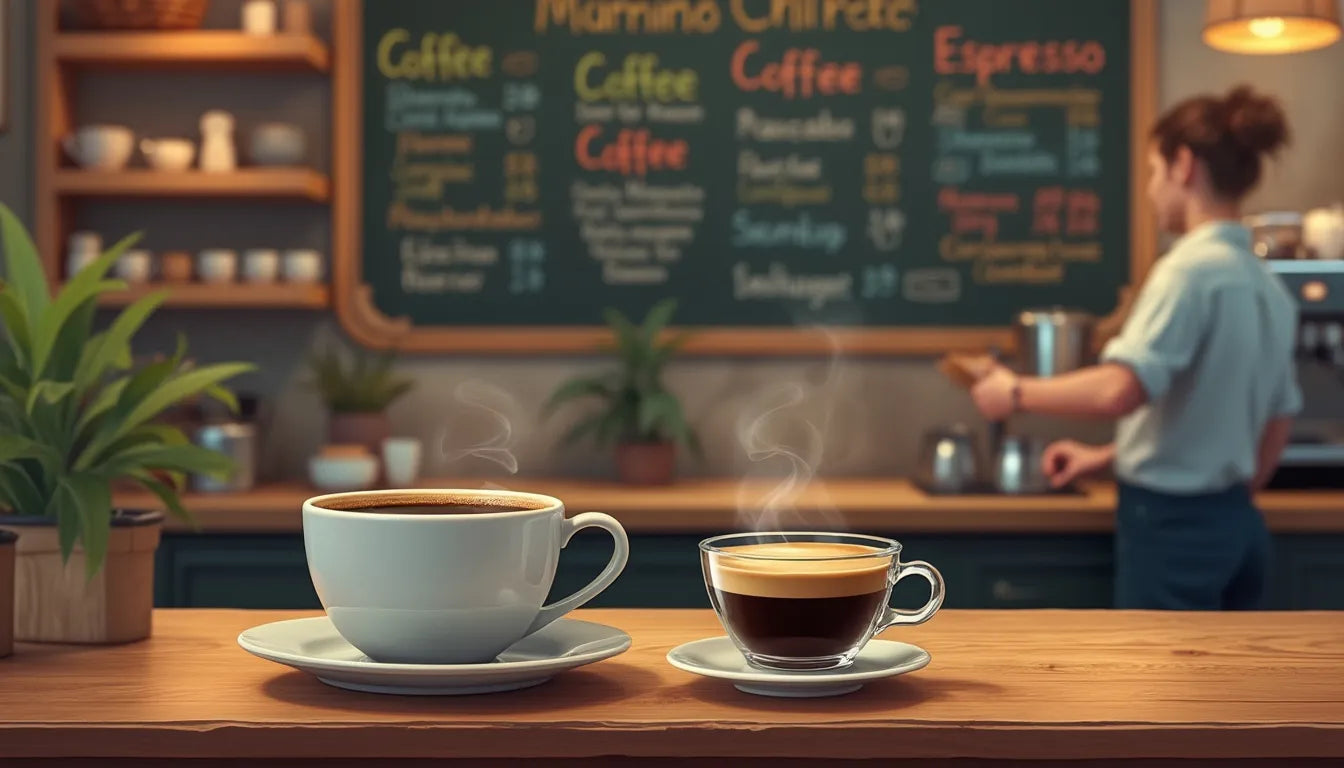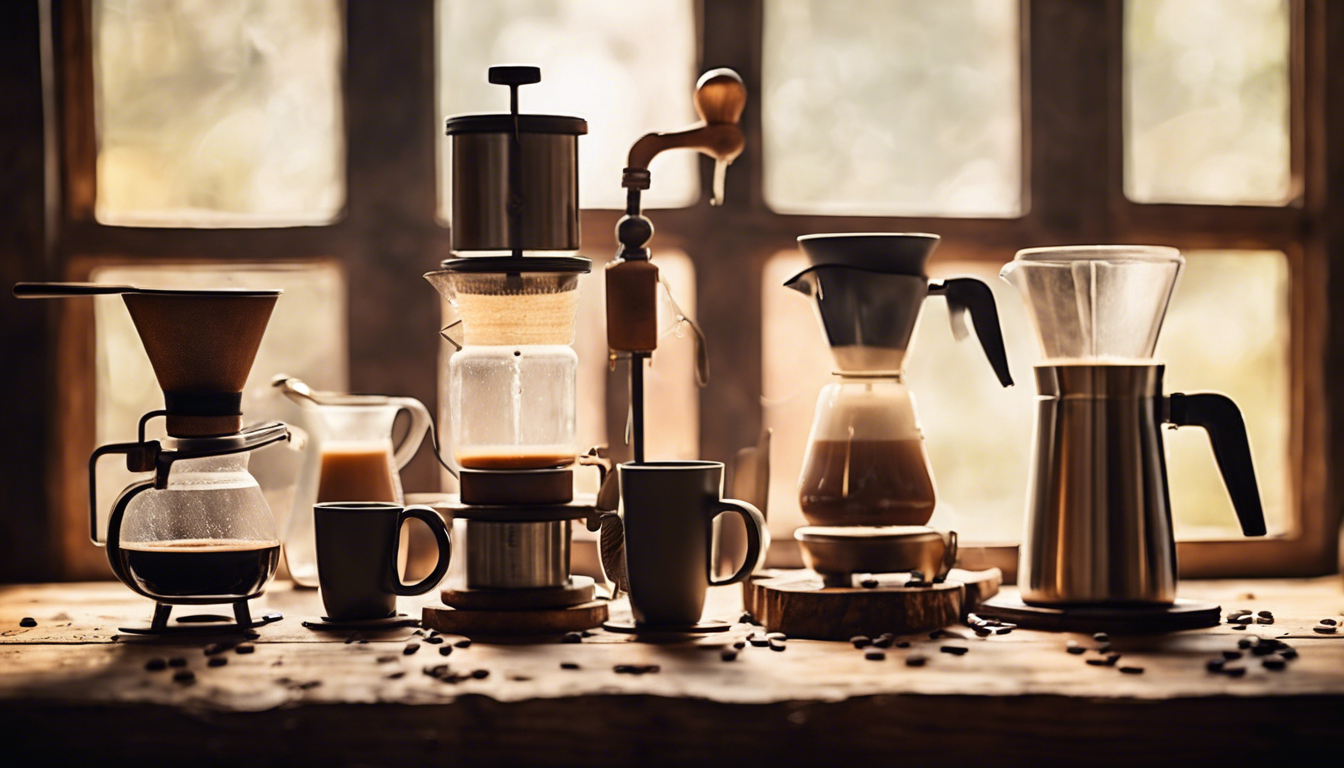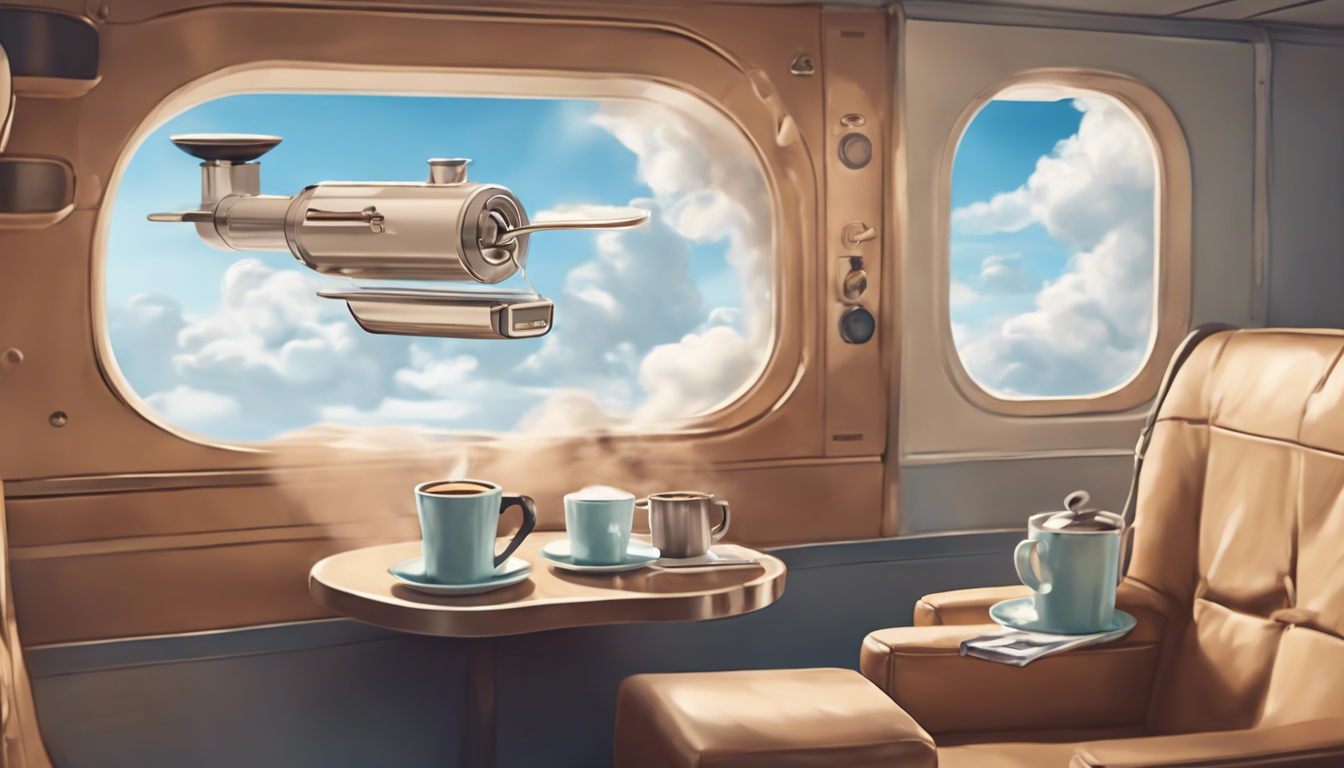Understanding the Difference Between Coffee and Espresso

Understanding the Difference Between Coffee and Espresso
For those who are new to the world of caffeinated beverages, the question often arises: what's the difference between coffee and espresso? At first glance, these two drinks may seem very similar, but they have unique characteristics that differentiate them. Let’s dive into the rich and aromatic world of coffee and espresso to uncover their delicious distinctions.
The Origin Story
Both coffee and espresso are derived from the same source: the humble coffee bean. Whether it's an Arabica or a Robusta bean, its journey can lead to both a cup of coffee and a shot of espresso. The divergence begins with processing, brewing, and preparation methods.
Brewing Methodology
When it comes to making coffee, the process is generally longer and involves a drip or pour-over method, which allows hot water to pass through the coffee grounds at a leisurely pace. This extended interaction results in a subtle, nuanced flavor profile.
On the other hand, espresso takes a more direct approach. Espresso machines force near-boiling water under high pressure through finely-ground coffee beans. This rapid brewing technique extracts the robust and intense flavors in under 30 seconds, leaving you a compact, yet potent, serving.
Grinding Game
The grind size is a crucial factor that distinguishes espresso from regular coffee. Espresso requires a finer grind, akin to powdered sugar, which allows the pressurized water to extract everything quickly. In contrast, coffee generally uses a coarser grind a bit like sea salt, designed to permit an optimal flow rate for dripping or percolating methods.
Intensity and Flavor
The debate over what's the difference between coffee and espresso can often be summed up in one word: intensity. Espresso is characterized by a full-bodied and rich flavor with velvety crema on top, offering a more concentrated experience that packs a punch. Coffee, with its milder profile and larger volume, provides a more sustained enjoyment, perfect for those sip-and-relax moments.
Serving Style
Coffee is generally served by the cup, often 8 to 12 ounces, giving you the time to savor its gentle aroma. Espresso, meanwhile, is served in shots—usually 1 ounce. For many, it's like a delightful slap in the senses to wake up or a quick pick-me-up during the day.
Caffeine Content
Surprisingly, despite espresso’s strong flavor, it doesn’t necessarily contain more caffeine than coffee. In terms of volume, it’s more potent, but a standard coffee cup (due to its larger size) generally contains more caffeine overall. However, if time and caffeine efficiency is your game, a shot of espresso hits the spot.
Culinary Uses
Espresso stands tall in the realm of diverse coffee family beverages, including lattes, cappuccinos, and macchiatos, where it's mixed with different ratios of milk and foam. Coffee, meanwhile, is traditionally enjoyed on its own but can also be made via brewing techniques such as cold brew or French press to add a twist.
Final Sip
In summary, whether you prefer a steady, lingering exploration with coffee or an intense and quick rush with espresso, both offer unique and delightful experiences. By understanding what's the difference between coffee and espresso, you can appreciate each for its distinctive qualities and choose the one that best suits your mood or lifestyle.
So, next time you’re pondering over which pick-me-up to choose at your coffee shop, you’ll be armed with the knowledge to make the perfect decision to suit your taste buds.
Ready to take your coffee experience to the next level? Don’t settle for anything less than perfect espresso, no matter where you are. Click here to grab your portable espresso machine today and enjoy barista-quality coffee on the go!



